Biotechnology and Blue Energy
The Blue Energy Working Group of the Blue Growth Port of Vigo initiative consisted of participants coming from major technology centres, university research groups specialising on energy, companies operating in the field of renewable energies, port users, and energy-related institutions, all of them with the common goal of sharing the different angles existing in this field.
Among the assessed topics, the participants underlined the importance of incorporating new technologies to provide support supervising and managing energy-related activities and power consumption at the port, in order to go a step further towards the Green Port goal. In this sense, several proposals were made along the lines of implementing expert systems or using big data simulations and predictive models. Furthermore, it was deemed vital to install, in the port, renewable energy systems (wind, geothermal, etc.), which will be proof of the port’s commitment to the Galician renewable energy sector.
This Working Group concluded that the last step that the Port of Vigo should take in order to be an exemplary green port in the South of Europe is to clean and recover the footprint laid by the industrial and urban activities in its waters.
To achieve this important goal, Blue Biotechnology and Technology must play a crucial role, as it is one of the most important areas of activity. As already mentioned, one of the main subjects in this Working Area is that there are seabed areas in the Ria de Vigo that need to be regenerated. To that effect, the Group prioritised the docks of Bouzas, where the local industries, primarily shipyards, have historically caused pollution; the seabed under the mussel farms, due to the biological pollution resulting from mussel farming; and shell fishing areas such as Arcade.


